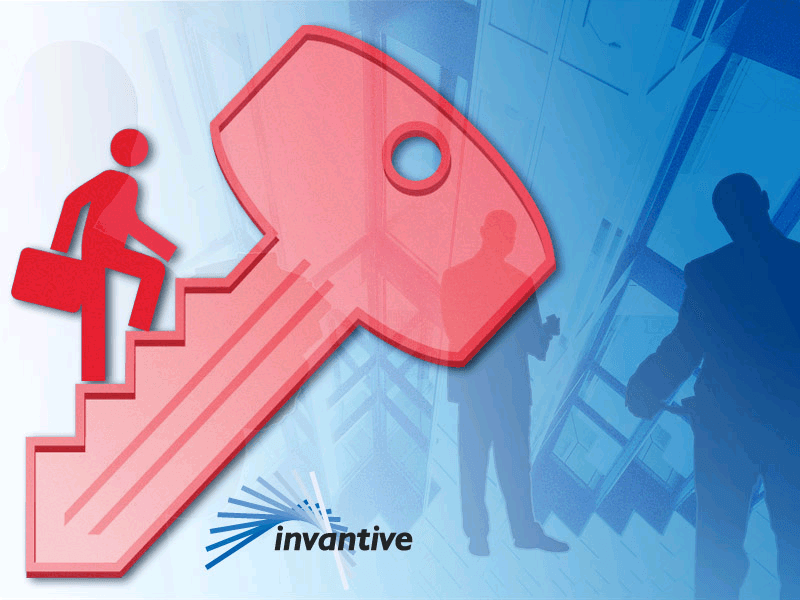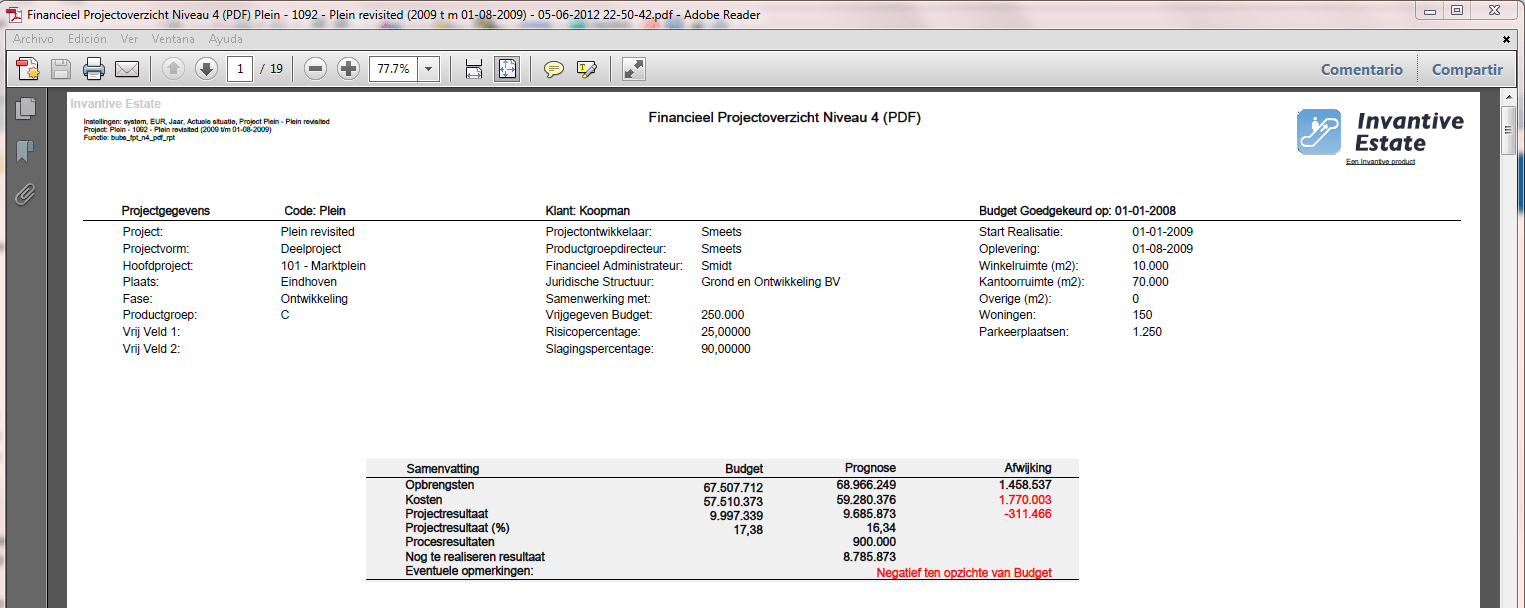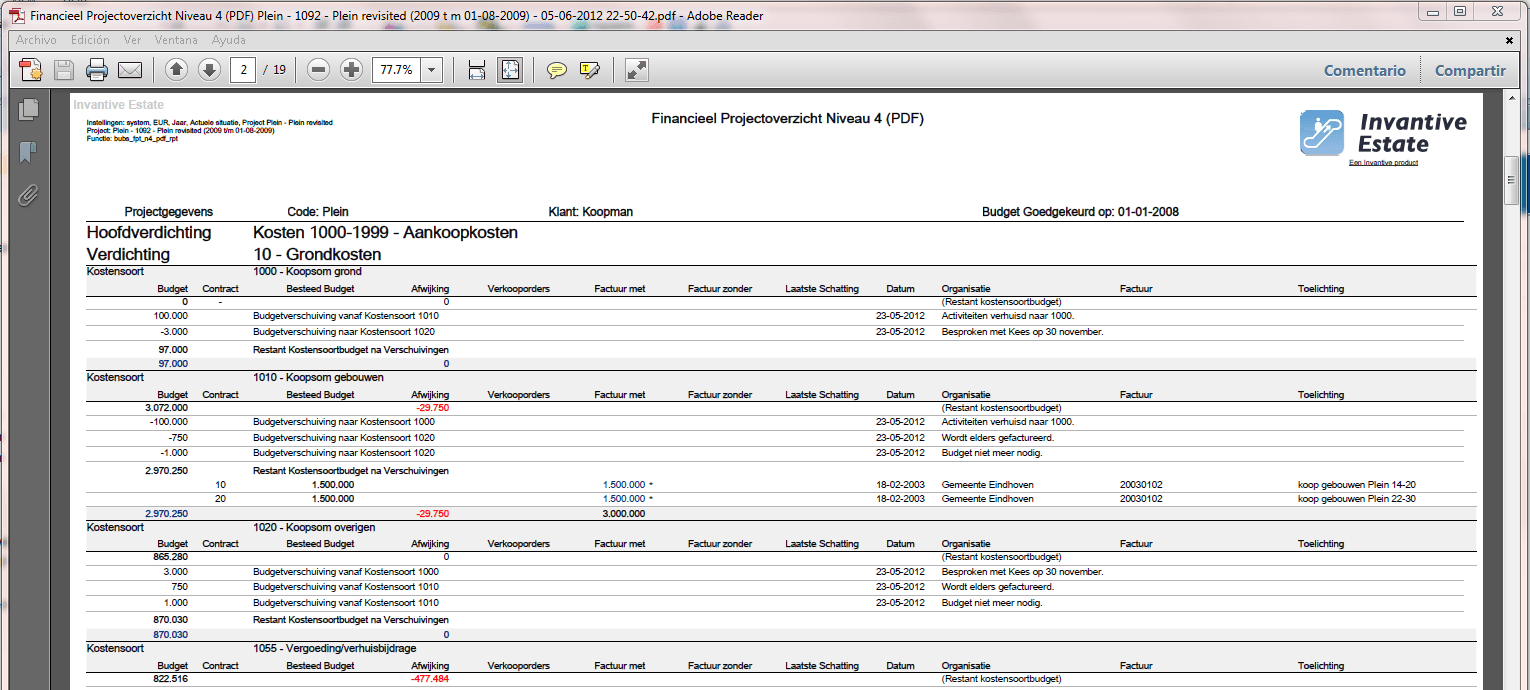
Welcome to the Invantive Vision manual, Invantive Vision is a project management solution especially suitable for architects, IT companies and service providers in secondment and consultancy. Invantive Software BV is also supplier of the product Invantive Estate. Invantive Estate is a project management system developed for real estate organizations.
Architects, IT companies and service providers in secondment and consultancy are involved in increasingly complex projects, where seemingly small differences can have large effects on the gross margin and the end result. As a result of this the monitoring process becomes very important. With Invantive Vision Invantive offers a better view of the risks, the income and status of projects. Invantive Vision combines data in the system with data from other programs and makes in this way information transparent about, for example, costs, forecasting, planning and time tracking.
Invantive Vision has the following general characteristics:
•With your financial administrations as a base, Invantive Vision registers the realization from the general ledger per project and cost category.
•Invantive Vision provides reports for several management levels from which cost categories can be rolled up into bigger groups.
•Documents and tasks can be attached to financial records so that an integrated project file is created.
•Invantive Vision has a flexible security model with which you can for instance give project managers read and/or write access to solely their own projects.
•Unexpected incidents in the information security can be traced, based on an extensive audit trail.
•Reports are available in Adobe PDF format for optimal layout and distribution, and in Microsoft Excel format for analysis.
•Historical situations are easily accessible through the new timeline feature.
•Projects can be closed after which no changes are possible anymore.
The typical life cycle of a project includes the following phases:
•defining the project objectives and the results you want and determine the budget and its approvement.
•develop a functional design and then a technical design
•The technical design is the source for the division into processes, which then can be divided into subprocesses.
•with the tasks and subtasks a timesheet planning can be made and deadlines can be added.
Based on this data, a risk model (standard or organization specific) calculates a forecast as a deviation from the project budget. The deviation makes visible what the project's actual financial status and risks are, in comparison to the expose; exceedings are immediately shown, surpluses can be implemented elsewhere in order to compensate deficits:

With reference to the forecast a cash flow projection can be composed which also leads to a net current value calculation.
Extensive reports and possibilities to click on headlines to see details make it possible to analyse unexpected results:

During the project, possible administrative profits are registered based on the calculated status and the implemented value base such as IFRS.
Finally, after the project results are delivered the project is archived, after which you cannot change anything anymore.
In the next chapters the following topics are discussed:
•User interface: how to control the application
•All Form and Reports.
•The MS Outlook User Interface.
•Your Private User Interface.
•Processes within Invantive Vision.
•Server.
•The Installation.
•Versions.
•Glossary .
•Frequently asked questions: what procedures do you have to follow to rightfully handle practical examples?
 Invantive Vision
Invantive Vision